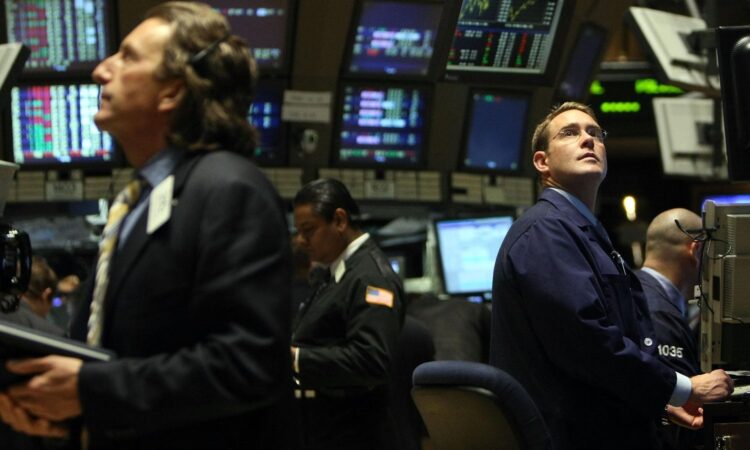
Historically, a strong US dollar has been a blessing for America’s consumption-driven economy. We are entering a period, though, where major US stakeholders will want a weaker dollar for the first time in a long time. This is because a strong dollar makes financing the growing federal deficit more challenging. It’s a new dynamic. A change towards a weaker dollar would be a massive tailwind for commodities and emerging markets, one they haven’t had in a while.
Interest payments currently represent over half of the federal deficit in the US. This means the government is raising money to pay the interest to the existing holders of their debt – a similar high risk approach to how many of us manage our personal finances. Treasuries must therefore be sold yearly to finance the growing federal debt. Foreign governments purchase and hold a large portion of these treasuries. These governments, though, must do the reverse and sell treasuries if the US dollar appreciates too much. When the dollar climbs, foreign countries must pay more to get the items they need to keep everything going, as most items, like oil, are priced in USD. Faced with a need to get US dollars from somewhere, it makes sense that they are often forced to reduce their holding of treasuries. China, for example, has reduced its ownership of treasuries by approx. 40% over the last decade.
Without historical reliable buyers for US bonds, higher interest rates are then required to entice foreign buyers. This is even worse when countries are not purchasing treasuries but are actively selling them into the market. A higher rate means that the US deficit, already over a trillion, increases because the interest on new debt is more expensive. This can become an accelerating problem faster than you think, as it’s essential to remember that these interest payments already represent over half of this deficit.
A high US dollar historically created an easy life for US politicians. It kept import costs low, helping reduce inflation for its citizens. A strong dollar also increased the purchasing power of citizens and companies, allowing them to expand personally and professionally across the globe. Being able to afford a cheap vacation overseas while construction costs, energy costs, and everything else remained cheap at home got no complaints from American families. Suddenly, though, the US faces an appreciating dollar made worse by a flight to safety post-COVID. This pressure is forcing the sales of treasuries, and the US can’t risk a scenario where interest payments are rapidly accelerating into a growing deficit.
There are only two ways for countries to solve this. They either actively try to weaken their currency, or eventually, the interest payments become so large that they destabilize finances and drive people out of the currency as they look to avoid these more significant risks. You can always buy your debt as a country, especially as a reserve currency, but then you are monetizing the debt, which takes us back to the first solution. It’s tough to see a path where the US dollar doesn’t weaken here by choice or by accident.
